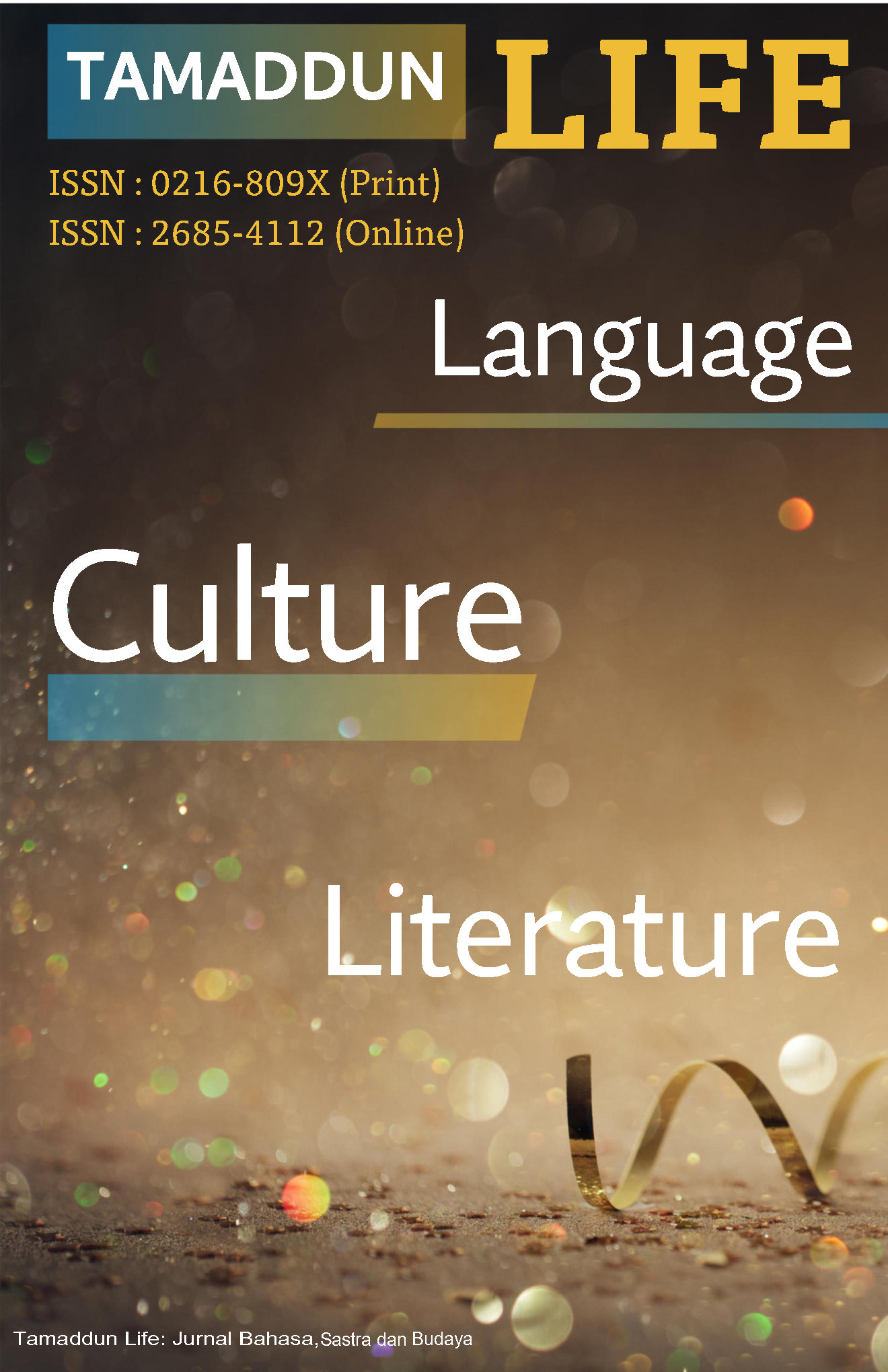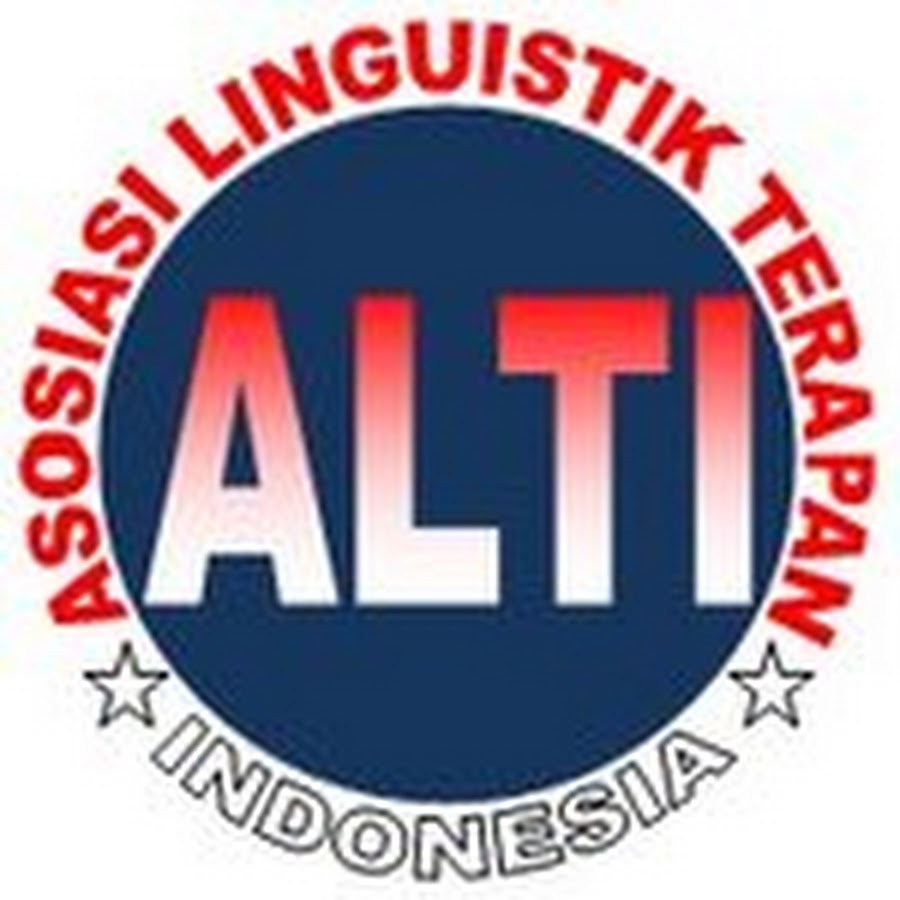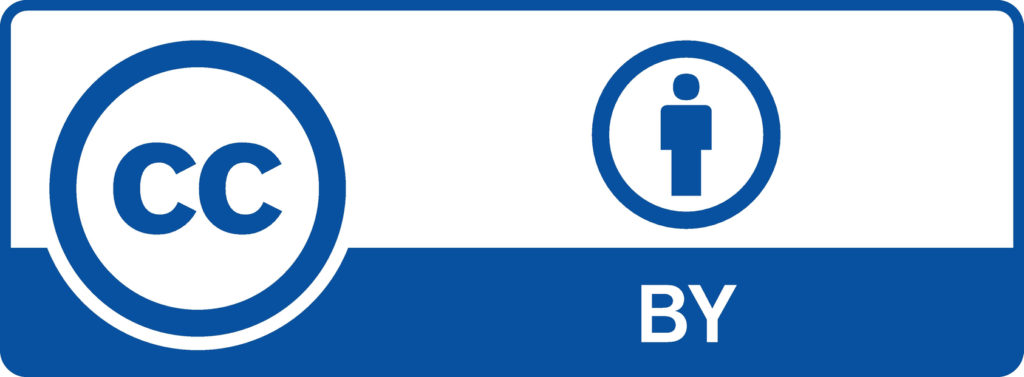Exploring Students’ Perceptions of Google Classroom in English Reading Instruction: Benefits and Challenges in EFL Learning
Abstract
This study examines students’ perceptions of Google Classroom as a tool for English reading instruction, utilizing Davis' (1989) Technology Acceptance Model to explore the interplay of perceived usefulness and ease of use in shaping their experiences. Employing a qualitative research design, data were collected through semi-structured interviews with five second-semester English education students selected through purposive sampling. Thematic analysis revealed both positive and negative perceptions of the platform. Positive perceptions centered on its accessibility, usefulness, efficiency, flexibility, and user-friendly features, which supported students in organizing tasks, managing time, and accessing learning materials seamlessly. However, challenges included dependence on stable internet connections and limited interactivity, which hindered collaborative learning and engagement. These findings underscore the dual nature of Google Classroom as both a facilitator and a constraint in digital learning environments. The study highlights the need for improved infrastructure, professional development for educators, and integration of supplementary tools to address identified limitations. The results contribute to the growing body of literature on technology-enhanced learning and offer practical implications for optimizing the use of digital tools in English as a Foreign Language (EFL) education. Future research should explore blended learning models and the integration of interactive tools to enhance the effectiveness of LMS platforms in fostering active and equitable learning experiences.
References
Al-Matroushi, S. and Alkiyumi, M. T. (2022). Impact of transformative leadership practices of educational supervisors on the sustainable professional development of mathematics teachers. Journal of Educational and Social Research, 12(1), 261. https://doi.org/10.36941/jesr-2022-0021
Al-Maroof, R. A. S., & Al-Emran, M. (2018). Students acceptance of google classroom: An exploratory study using PLS-SEM approach. International Journal of Emerging Technologies in Learning (Online), 13(6), 112.
Abidin, Z., & Saputro, T. M. E. (2020, June). Google classroom as a mathematics learning space: Potentials and challenges. In Journal of Physics: Conference Series (Vol. 1567, No. 2, p. 022094). IOP Publishing.
Boyce, C., & Neale, P. (2006). Conducting in-depth interviews: A guide for designing and conducting in-depth interviews for evaluation input (Vol. 2). Watertown, MA: Pathfinder international.
Davis, F. D. (1989). Technology acceptance model: TAM. Al-Suqri, MN, Al-Aufi, AS: Information Seeking Behavior and Technology Adoption, 205, 219.
Jaber, O. A., & Hussein, A. A. (2021). The effect of Google Classroom on students’ engagement and motivation in learning English as a foreign language. English Language Teaching, 14(3), 89–100.
Lems, K., Miller, L. D., & Soro, T. M. (2009). Teaching Reading to English Language Learners Insights from Linguistics. Amerika: Guilford Publications.
Lever-Duffy, J., McDonald, J. B., Ciereszko, A. A., & Mizell, A. P. (2008). Teaching and learning with technology.
Miles, M. B., Huberman, A. M., & Saldana , J. (2013). Qualitative Data Analysis A Methods Sourcebook. Amerika : SAGE Publications.
Northey, G., Chylinski, M., Govind, R., & Bucic, T. (2015). Increasing student engagement using asynchronous learning. Journal of Marketing Education,37(3), 171-180.https://doi.org/10.1177/0273475315589814.
Ou, Q. (20`17). A brief introduction to perception. Journal of Studies in Literature and Language,15(4) 18-28.https://doi.org/10.3968/10055
Pradana, N. A., & Harimurti, D. (2017). The use of Google Classroom in enhancing student engagement in blended learning environments. Journal of Educational Technology, 8(2), 75–84.
Shaharanee, I. N., Jamil, J. M., & Rodzi, A. S. (2016). The Application of Google Classroom as a Tool for Teaching and Learning. Journal of Telecommunication, Electronic and Computer Engineering (JTEC), 8(10),5-8.https://jtec.utem.edu.my/jtec/article/view/1357
Vadivel, B., Namaziandost, E., & Saeedian, A. (2021). Progress in english language teaching through continuous professional development—teachers’ self-awareness, perception, and feedback. Frontiers in Education, 6. https://doi.org/10.3389/feduc.2021.757285
Vygotsky, L. S. (1978). Mind in society: The development of higher psychological processes. Harvard University Press.
Zimmerman, B. J. (2002). Becoming a self-regulated learner: An overview. Theory into Practice, 41(2), 64–70.
Copyright (c) 2024 Yayan Sari, Citra Prasiska Puspita Tohamba, Faridawati Faridawati

This work is licensed under a Creative Commons Attribution 4.0 International License.
Authors who publish with Tamaddun journal agree to the following terms:
1. Authors retain the copyright and grant Tamaddun the right of first publication. The work will be licensed under a Creative Commons Attribution License (CC BY 4.0), which permits others to share the work with proper acknowledgment of the authorship and initial publication in this journal.
2. Authors may enter into additional non-exclusive agreements for the distribution of the published version of their work (e.g., posting it to an institutional repository or including it in a book), provided that the initial publication in this journal is acknowledged.
3. Authors are encouraged to post their work online (e.g., in institutional repositories or on their personal websites) before and during the submission process. This can lead to productive exchanges and increase the visibility and citation of the published work.






